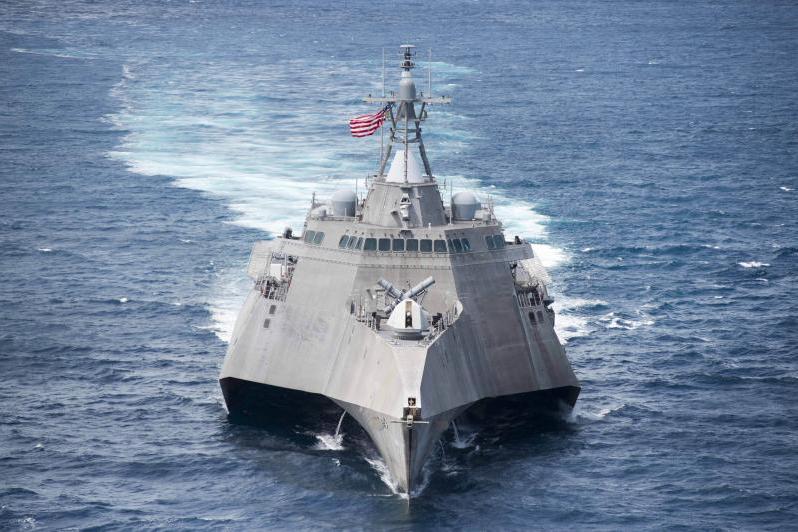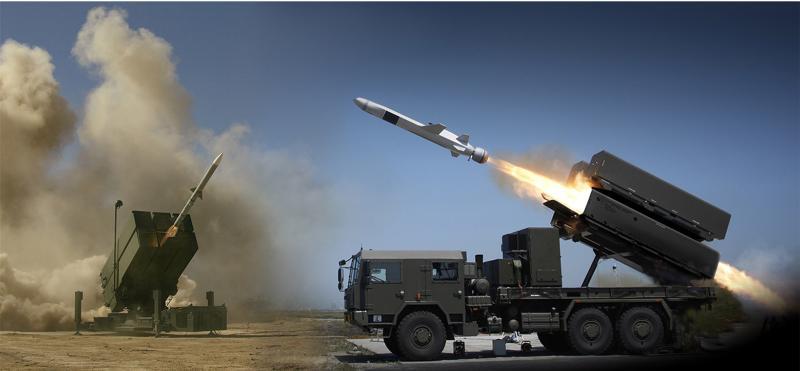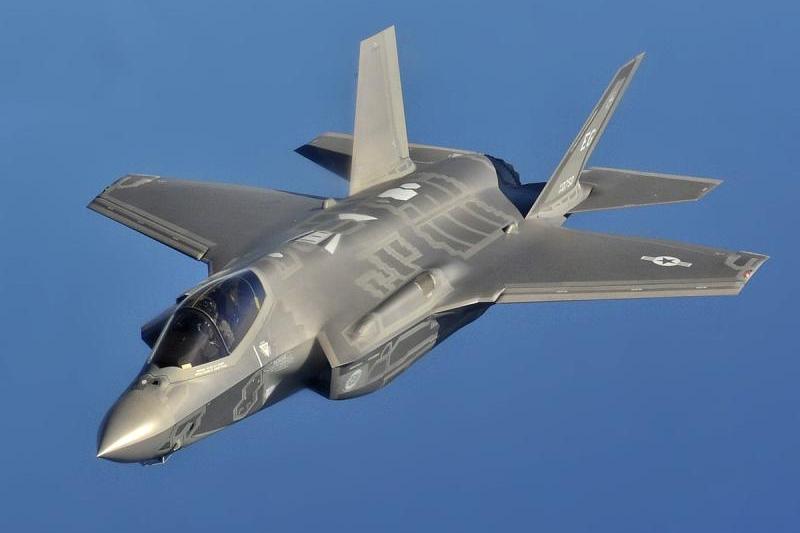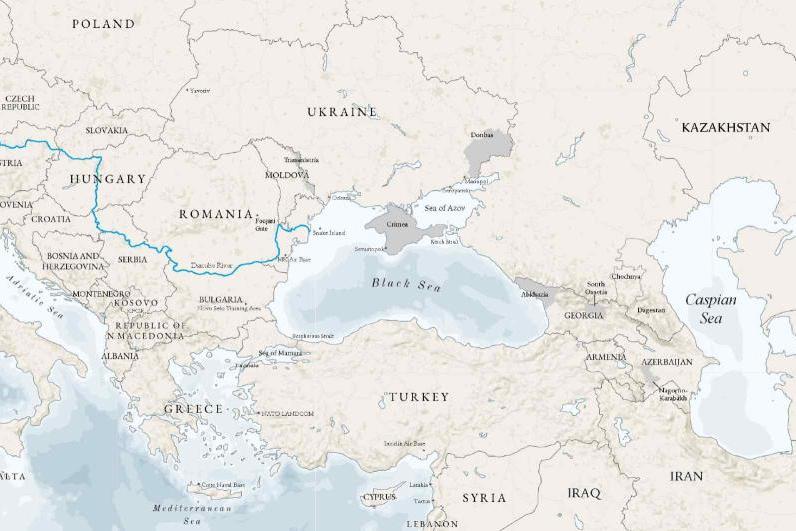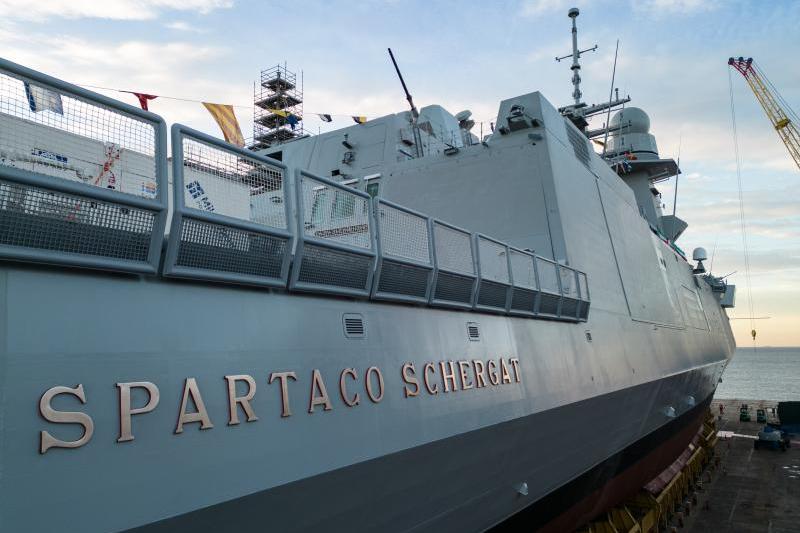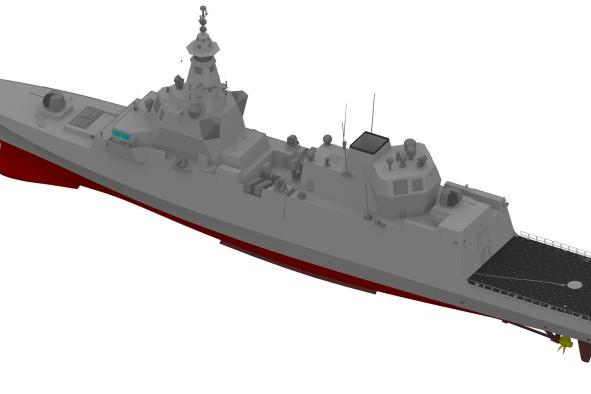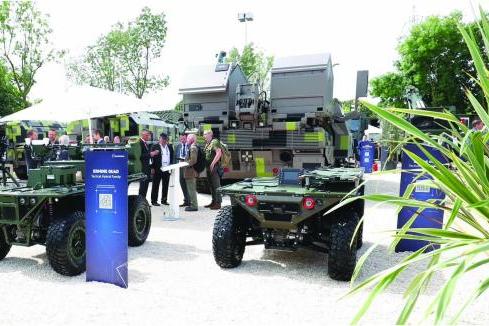What Raytheon Technologies can do for the B-52 modernization
On a spring afternoon in the late 1980s, U.S. Air Force 2nd Lt. Jeffrey Kindley was eating lunch at the Air Museum at Castle Air Force Base when a man noticed his uniform and asked about his job. Kindley said he was training to pilot the B-52, which at the time had seen almost 35 years of service.
“No kidding,” the man said. “My grandfather flew that plane.”
Some 35 years later, the B-52 is approaching 70 years of service – and the Air Force is investing in a modernization effort that will keep it relevant until 2050. That would add up to a century’s worth of missions for the B-52 – a plane whose first pilots are now in their 80s and 90s and whose last pilots are yet to be born.
“I think that says a lot for our country and the industrial base, that we could build something that well. It’s versatile, durable and affordable, and its performance has been outstanding for decades. It’s performed in almost every conflict since its creation,” said Kindley, now director of Strategic Air Effects at Raytheon Missiles & Defense, a Raytheon Technologies business.
To keep the B-52 dominant, the Air Force plans to invest in technologies including a new engine system, aerostructures and precision weaponry. Here is how Raytheon Technologies can deliver on all those fronts.

